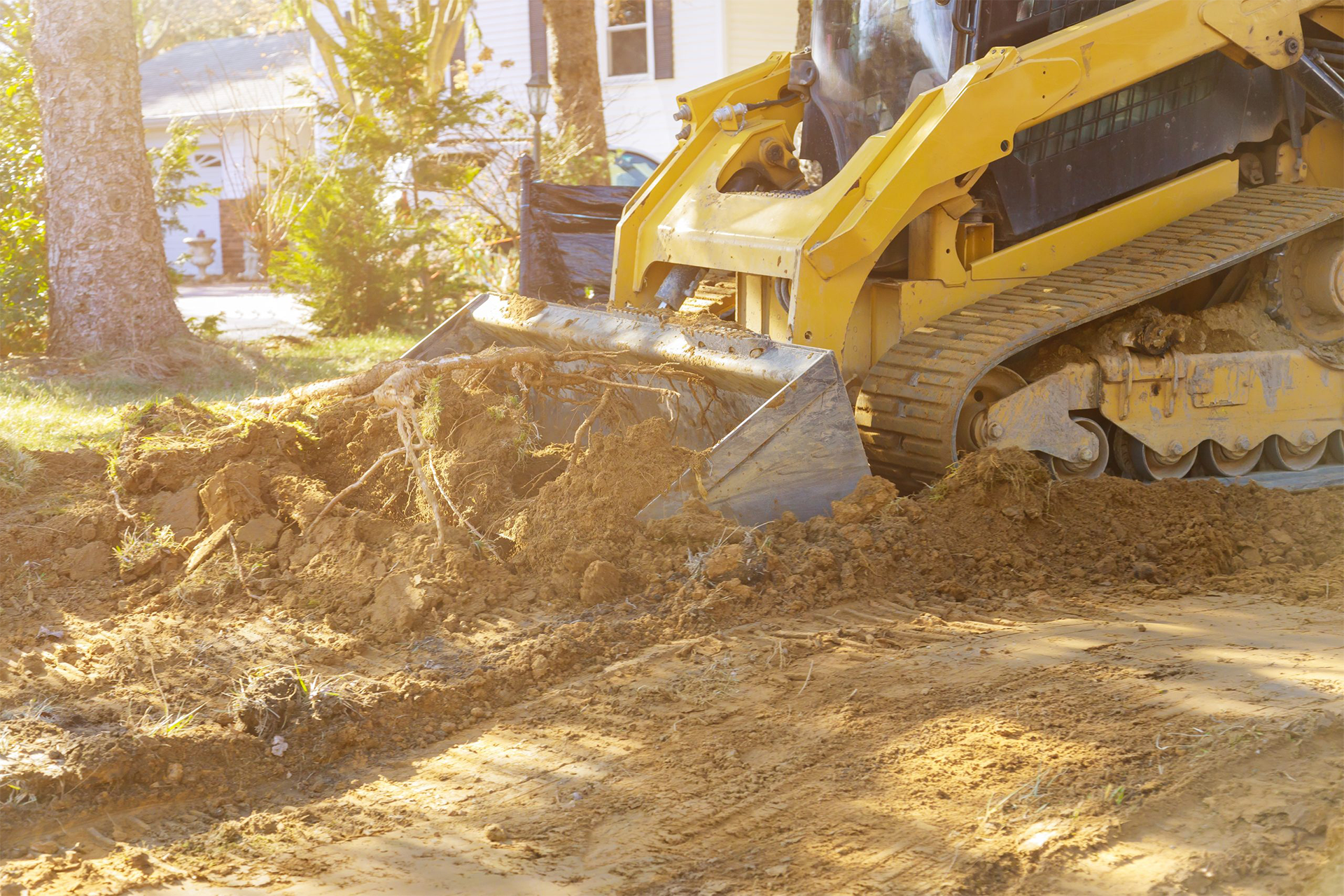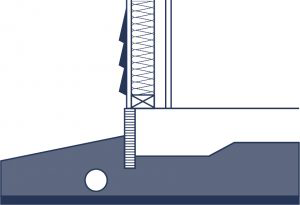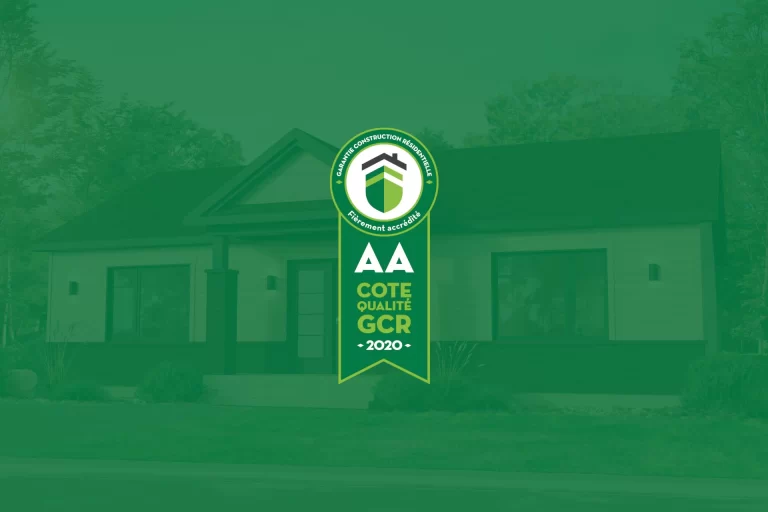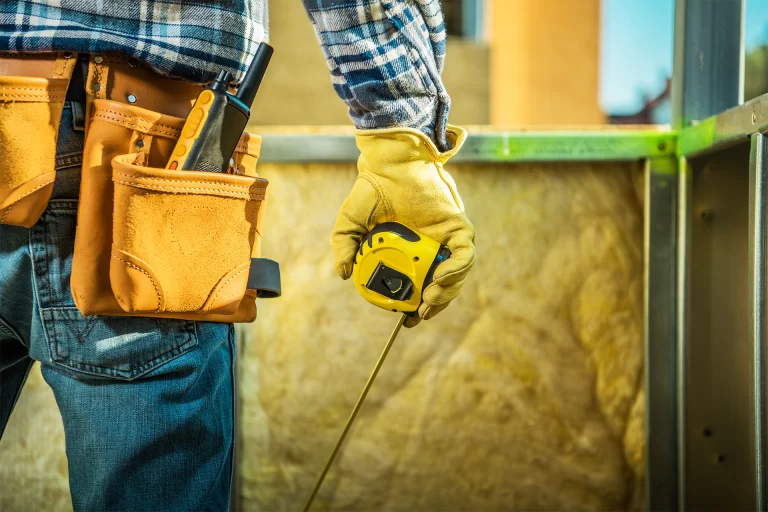Choose the type of foundation for your home
You’ve bought your lot, hired your contractor, now it’s time to choose the foundation on which your home will be built. There are many options for building the foundation of your home. Indeed, the cost of different foundations, the particular needs of the area and your personal preferences can influence your final choice.
The foundation stage is very important and should not be neglected. The choice of the foundation will have a great impact on the thermal insulation, on the possibilities of future expansion and on the general quality of your house. It is also important to choose the right formwork and foundation contractor for a construction according to the rules!
Regular foundations
Let’s start with the regular foundations that are made of concrete poured into the ground. Generally, the height of these foundations is at least 8’6″ to allow for a standard size basement. According to the Quebec Construction Code, Code Construction du Québec, the foundation must be buried at least 4′ in the ground. This type of foundation allows you to use the space in the basement to build rooms. It also counters the effects of frost because of its depth.
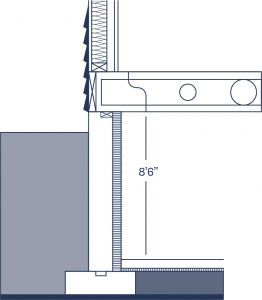
Crawl space
Crawl spaces have regained popularity in the last years. The principle of the crawl space is to leave an empty space between the ground and the underside of the house. The space should be approximately 5′ high.
One of the great advantages of the crawl space is the superior insulation provided by the air. This technique prevents the cold from being conducted into the structure of the house. Moreover, in case of flooding, the house will not be directly affected. It also allows the water to be drained afterwards. The crawl space also allows access to plumbing and electrical wiring in case of renovations or major problems. However, if the space is not adequately insulated, crawl spaces can present challenges with humidity in the house. In addition, the crawl space can hardly be used for storage since it is often narrow and not easily accessible. Many people consider it to be wasted space in construction, which is why they prefer to opt for a regular foundation. The price difference between these two options is small.
Installing a crawl space requires hiring a contractor with a specialized license. It is important to hire someone you trust, because if the crawl space foundation is poorly constructed, the house could have humidity, ventilation or insulation problems.
Slab-on-ground
The slab-on-ground option is more complex than it may seem. In fact, it is less common in Québec because of the difficulty of insulation for winter conditions. It is not simply a matter of placing a slab as a foundation.
In fact, a foundation must first be dug, like the one for the crawl space, about 5′ high. Inside, layers of compacted sand are added. And don’t forget the layer of insulation that rests on the top of the sand to ensure that no cold air can infiltrate! The concrete slab is then installed. The slab is designed specifically to accommodate your home. It must have reinforcements all around the slab to act as a footing. This step requires another layer of insulation to prevent frost from reaching underneath the slab.
Another difficulty with the slab-on-ground option is that it will be very complicated to make renovations or repairs. For example, if there is a problem with the plumbing, the concrete will have to be removed, which could cause cracks in the floor covering. When opting for this type of foundation, additional storage and a mechanical room for the hot water tank and air exchanger are required.
There are special considerations to be made with slab-on-ground, including the need to hire a specialized contractor. If the steps are not done properly, the slab can crack, it can allow humidity in or it can even cause the house to rise. In addition, slab is not an option for all types of construction (such as factory-built homes). The resale value of a house built on slab may be lower and even more difficult to sell. However, it is suitable for smaller projects such as a shed or garage.
Piles
The use of the pile technique is more frequent on unstable grounds, floodable zones or to allow for expansions. These are foundations resting on piles. This type of foundation can be on concrete piles or screwed into the ground depending on the chosen lot.
One of the advantages of this type of foundation is that it is not necessary to excavate. This saves the customer the expense of this step. However, it can be difficult to insulate such foundations and they have less resale value.
Choosing the right foundation, an important step!
There are many things to consider when choosing a foundation for your home. It is important to have a solid base that is well adapted to the ground to avoid problems! Take the time to carefully choose the contractor you will be dealing with. Don’t hesitate to call one of our experts faire appel à l’un de nos experts for questions about the foundation of our factory-built homes.
Discover our factory-built houses models. nos modèles de maisons usinées.
